Brown - From Judgment to Passion: Devotion to Christ and the Virgin Mary, 800-1200
Here you can read online Brown - From Judgment to Passion: Devotion to Christ and the Virgin Mary, 800-1200 full text of the book (entire story) in english for free. Download pdf and epub, get meaning, cover and reviews about this ebook. City: New York, year: 2002;2005, publisher: Columbia University Press, genre: Religion. Description of the work, (preface) as well as reviews are available. Best literature library LitArk.com created for fans of good reading and offers a wide selection of genres:
Romance novel
Science fiction
Adventure
Detective
Science
History
Home and family
Prose
Art
Politics
Computer
Non-fiction
Religion
Business
Children
Humor
Choose a favorite category and find really read worthwhile books. Enjoy immersion in the world of imagination, feel the emotions of the characters or learn something new for yourself, make an fascinating discovery.
- Book:From Judgment to Passion: Devotion to Christ and the Virgin Mary, 800-1200
- Author:
- Publisher:Columbia University Press
- Genre:
- Year:2002;2005
- City:New York
- Rating:5 / 5
- Favourites:Add to favourites
- Your mark:
From Judgment to Passion: Devotion to Christ and the Virgin Mary, 800-1200: summary, description and annotation
We offer to read an annotation, description, summary or preface (depends on what the author of the book "From Judgment to Passion: Devotion to Christ and the Virgin Mary, 800-1200" wrote himself). If you haven't found the necessary information about the book — write in the comments, we will try to find it.
Devotion to the crucified Christ is one of the most familiar yet disconcerting artifacts of medieval European civilization. How and why did the images of the dying God-man and his grieving mother achieve such prominence, inspiring unparalleled religious creativity and emotional artistry even as they fostered such imitative extremes as celibacy, crusade, and self-flagellation?
Magisterial in style and comprehensive in scope,From Judgment to Passionis the first systematic attempt to explain the origins and initial development of European devotion to Christ in his suffering humanity and Mary in her compassionate grief. Rachel Fulton examines liturgical performance, doctrine, private prayer, scriptural exegesis, and art in order to illuminate and explain the powerful desire shared by medieval women and men to identify with the crucified Christ and his mother.
The book begins with the Carolingian campaign to convert the newly conquered pagan Saxons, in particular with the effort to explain for these new converts the mystery of the Eucharist, the miraculous presence of Christs body at the Mass. Moving on to the early eleventh century, when Christs failure to return on the millennium of his Passion (A.D. 1033) necessitated for believers a radical revision of Christian history, Fulton examines the novel liturgies and devotions that arose amid this apocalyptic disappointment. The book turns finally to the twelfth century when, in the wake of the capture of Jerusalem in the First Crusade, there occurred the full flowering of a new, more emotional sensibility of faith, epitomized by the eroticism of the Marian exegesis of the Song of Songs and by the artistic and architectural innovations we have come to think of as quintessentially high medieval.
In addition to its concern with explaining devotional change,From Judgment to Passionpresses a second, crucial question: How is it possible for modern historians to understand not only the social and cultural functions but also the experience of faith--the impulsive engagement with the emotions, sometimes ineffable, of prayer and devotion? The answer, magnificently exemplified throughout this books narrative, lies in imaginative empathy, the same incorporation of self into story that lay at the heart of the medieval effort to identify with Christ and Mary in their love and pain.
Brown: author's other books
Who wrote From Judgment to Passion: Devotion to Christ and the Virgin Mary, 800-1200? Find out the surname, the name of the author of the book and a list of all author's works by series.

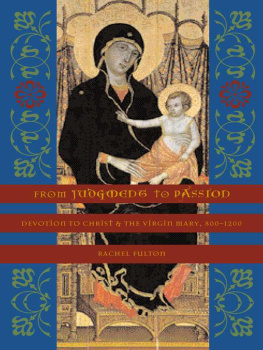
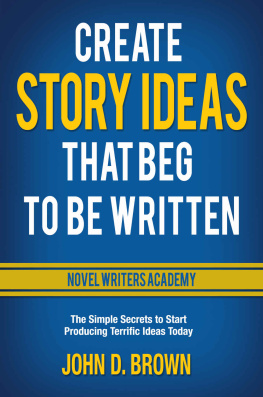
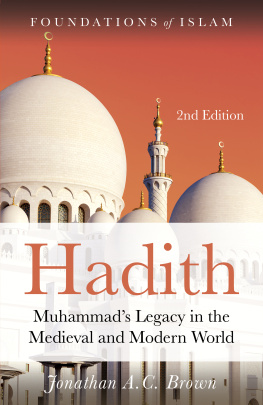
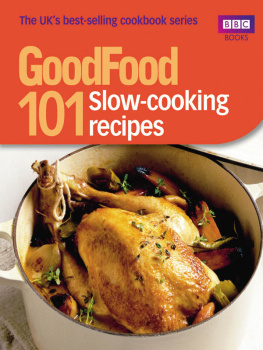
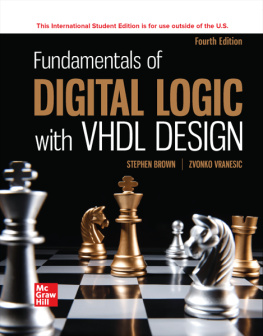
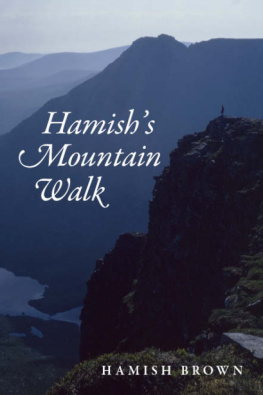
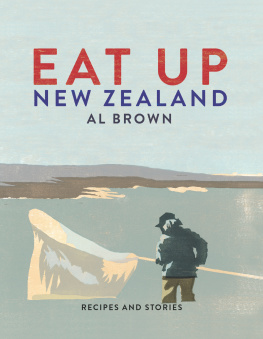
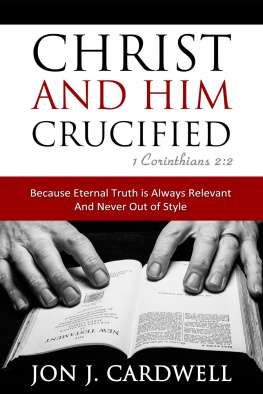
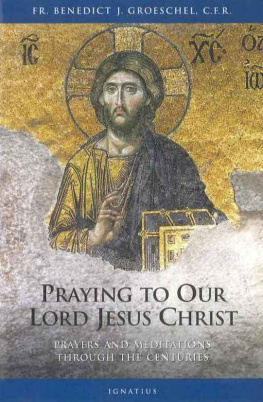
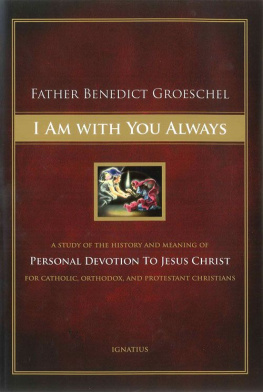
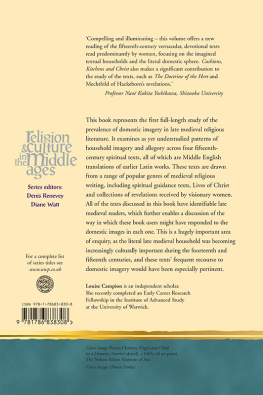
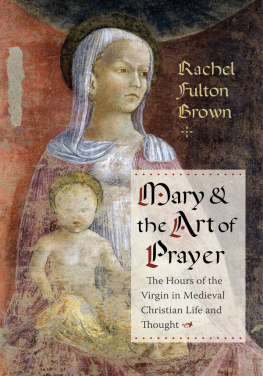
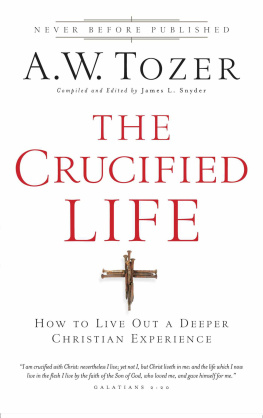
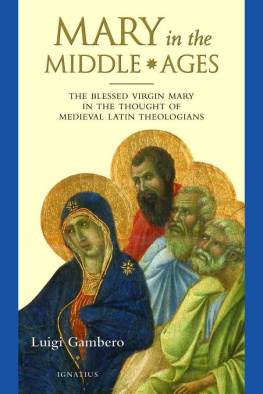
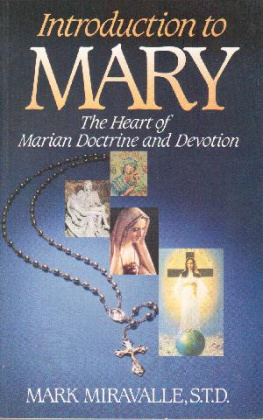
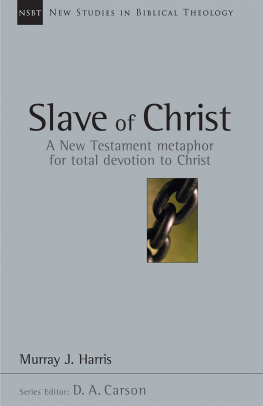

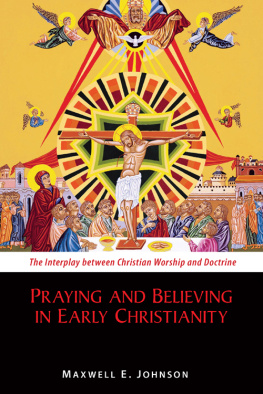
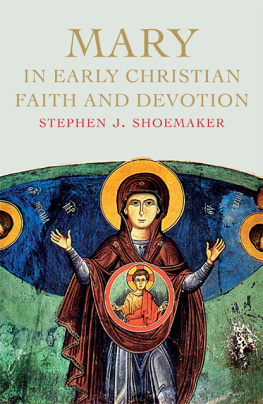


 COLUMBIA UNIVERSITY PRESS NEW YORK
COLUMBIA UNIVERSITY PRESS NEW YORK